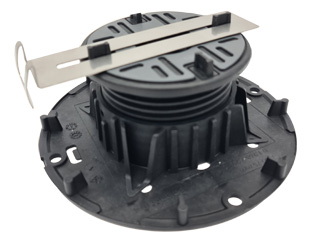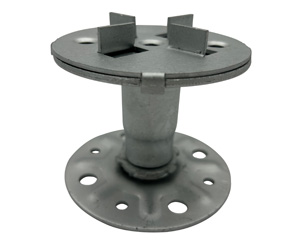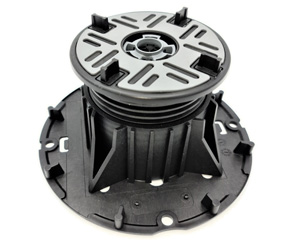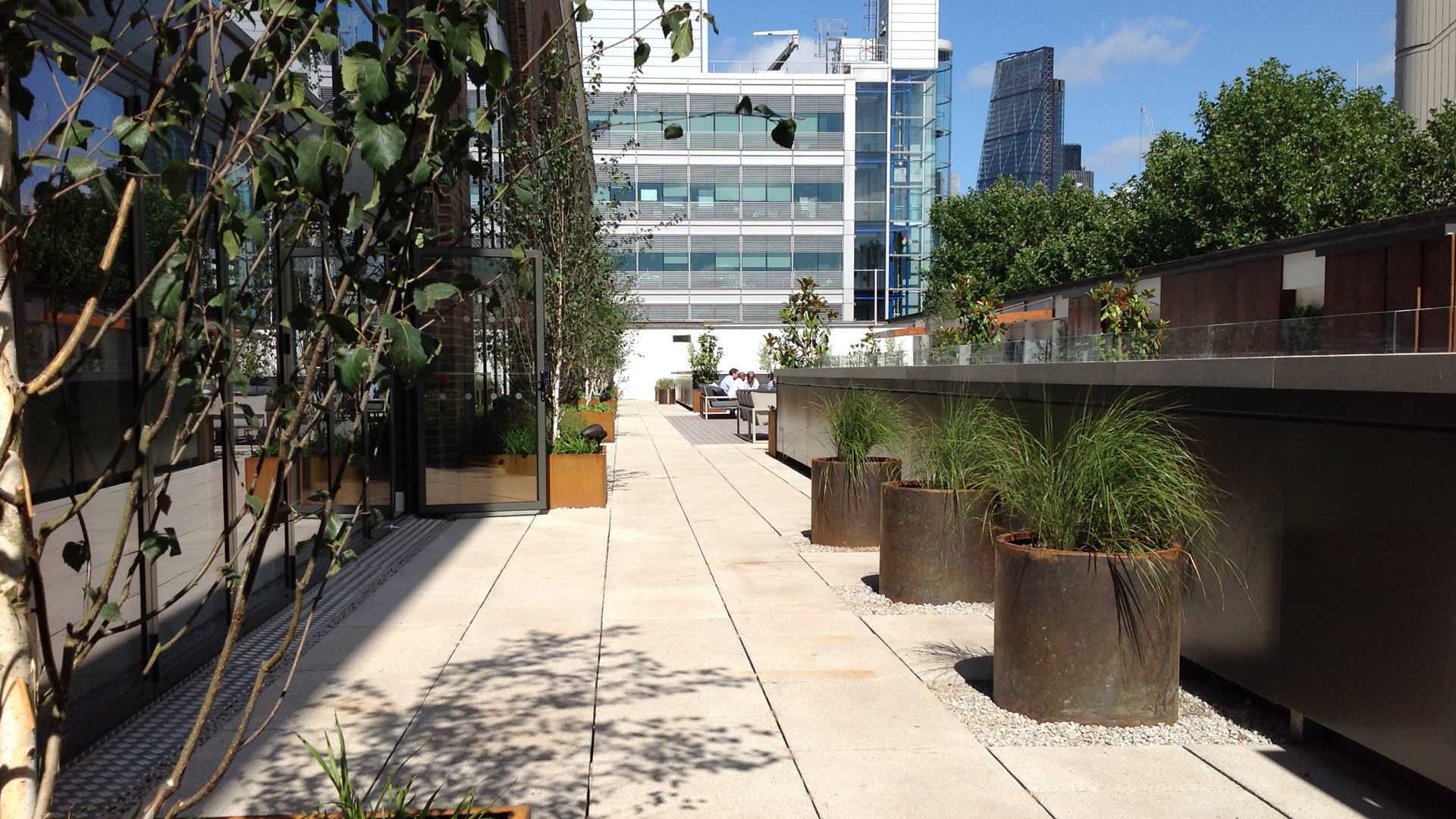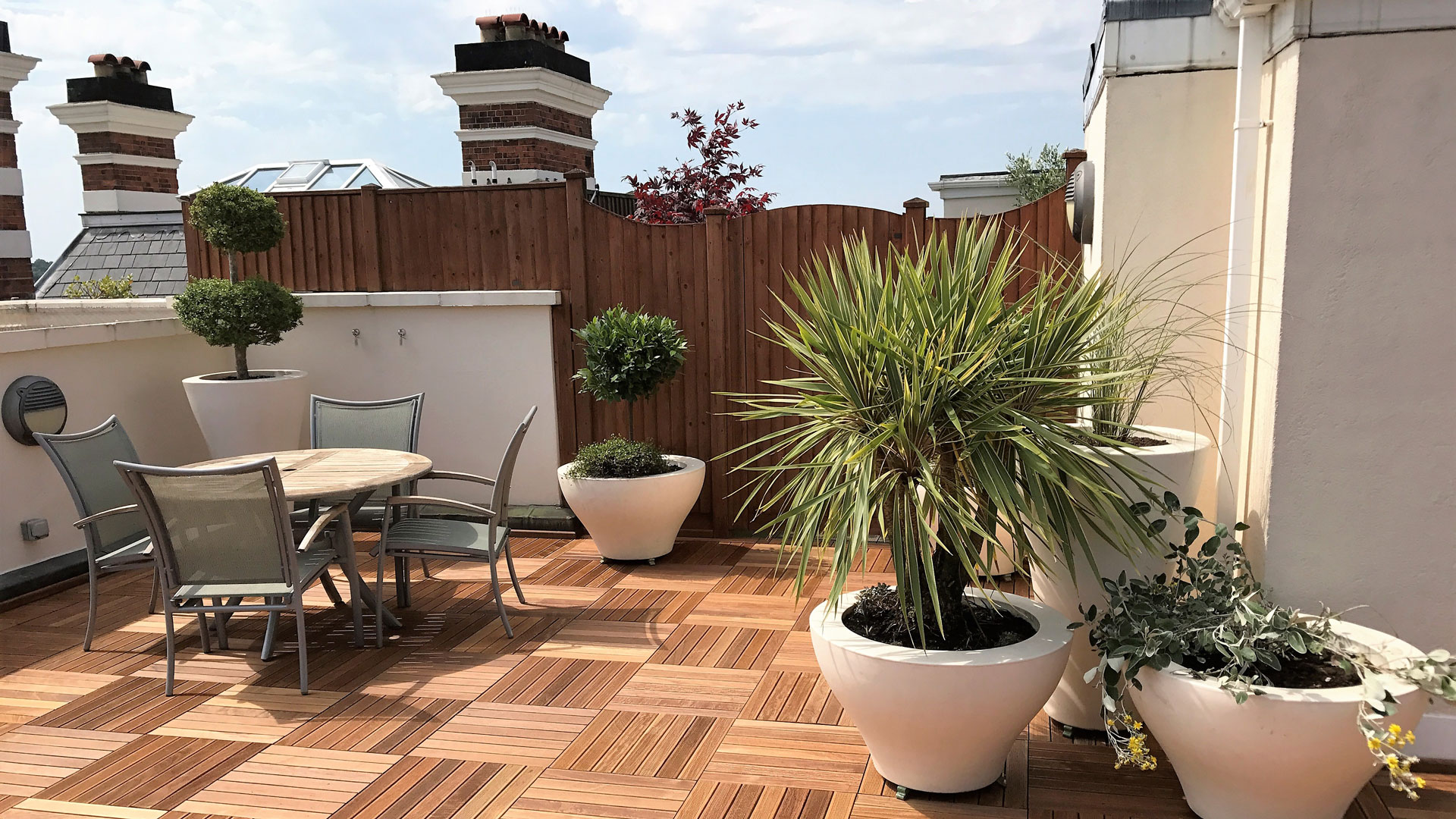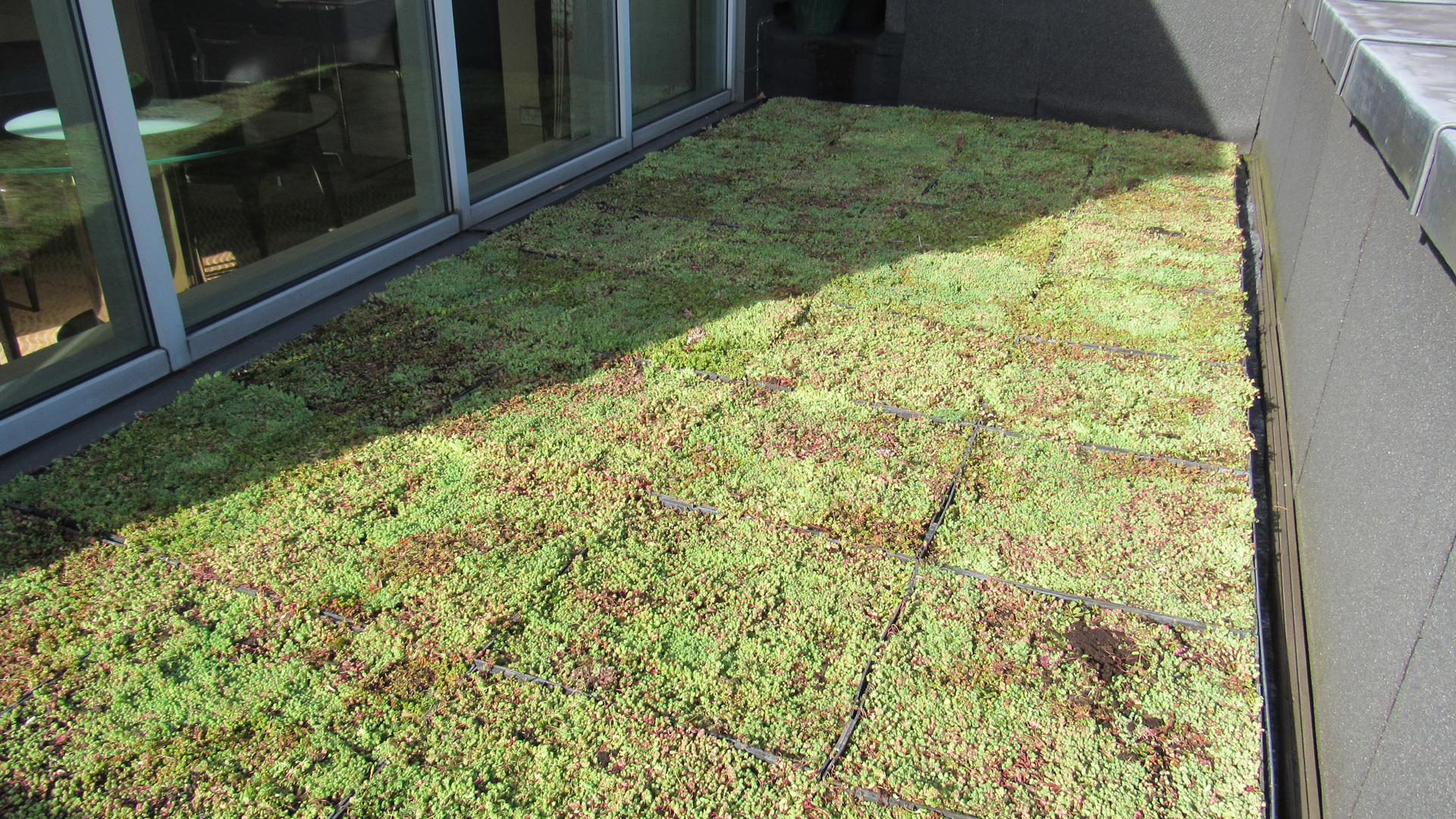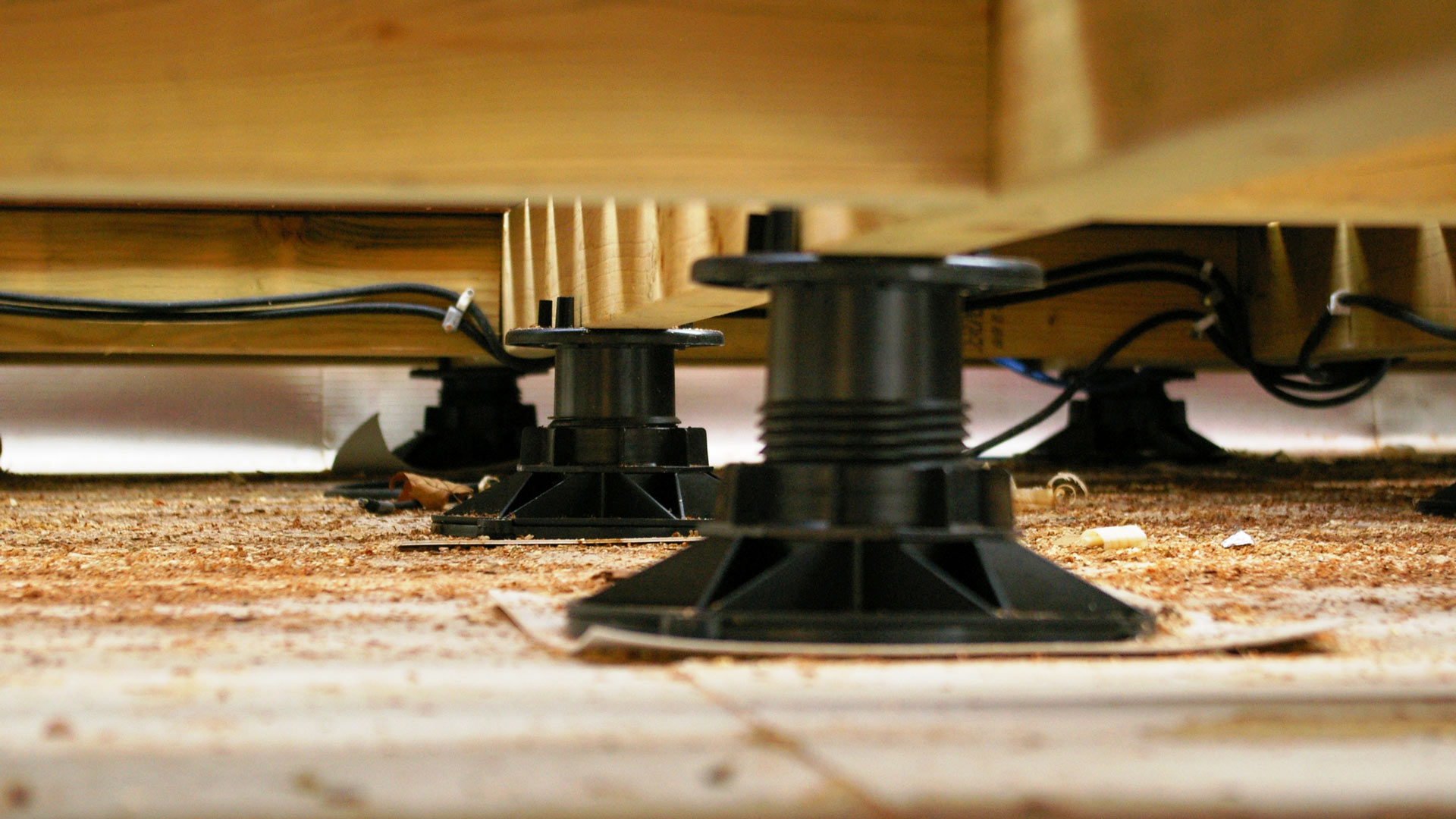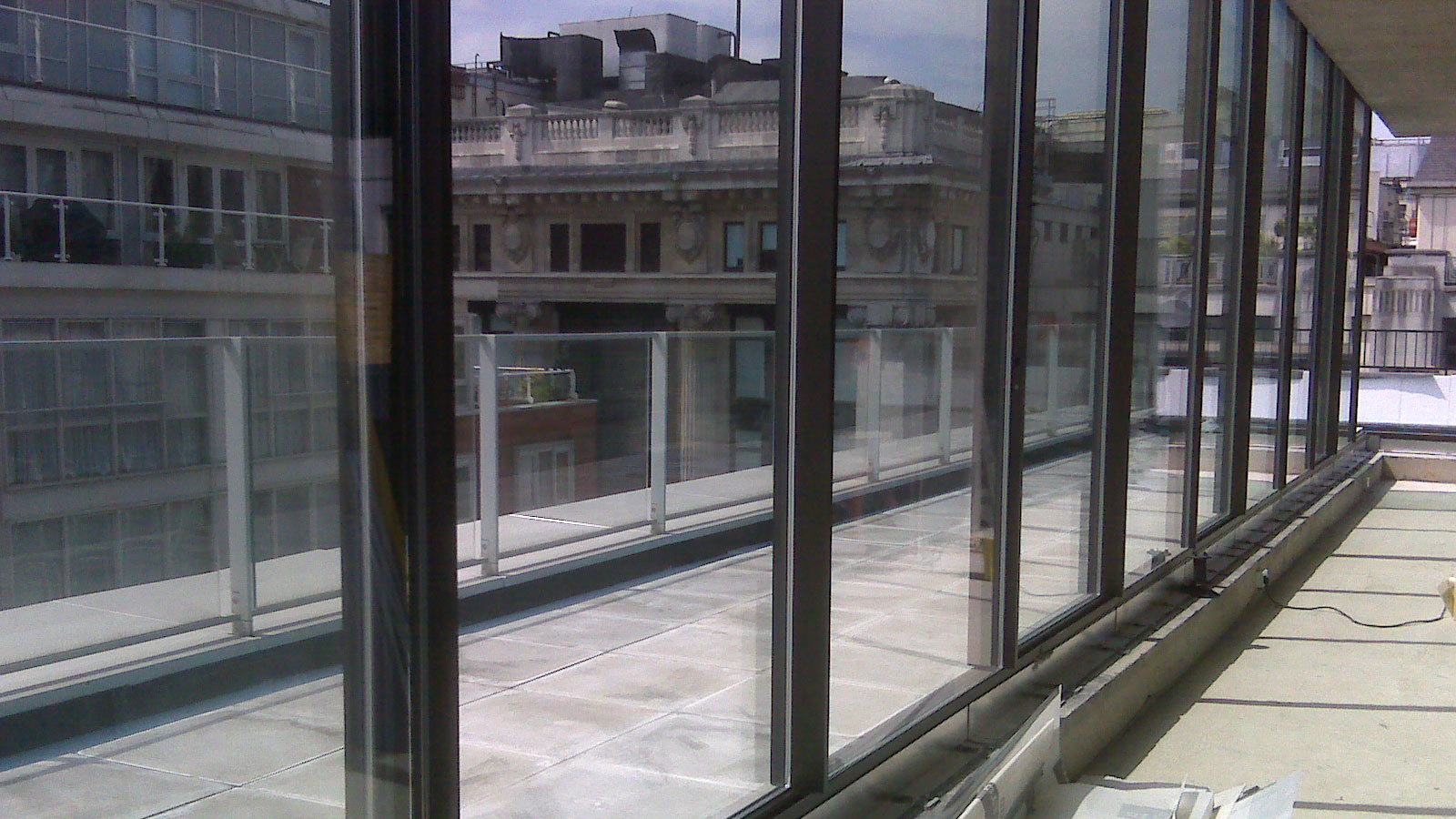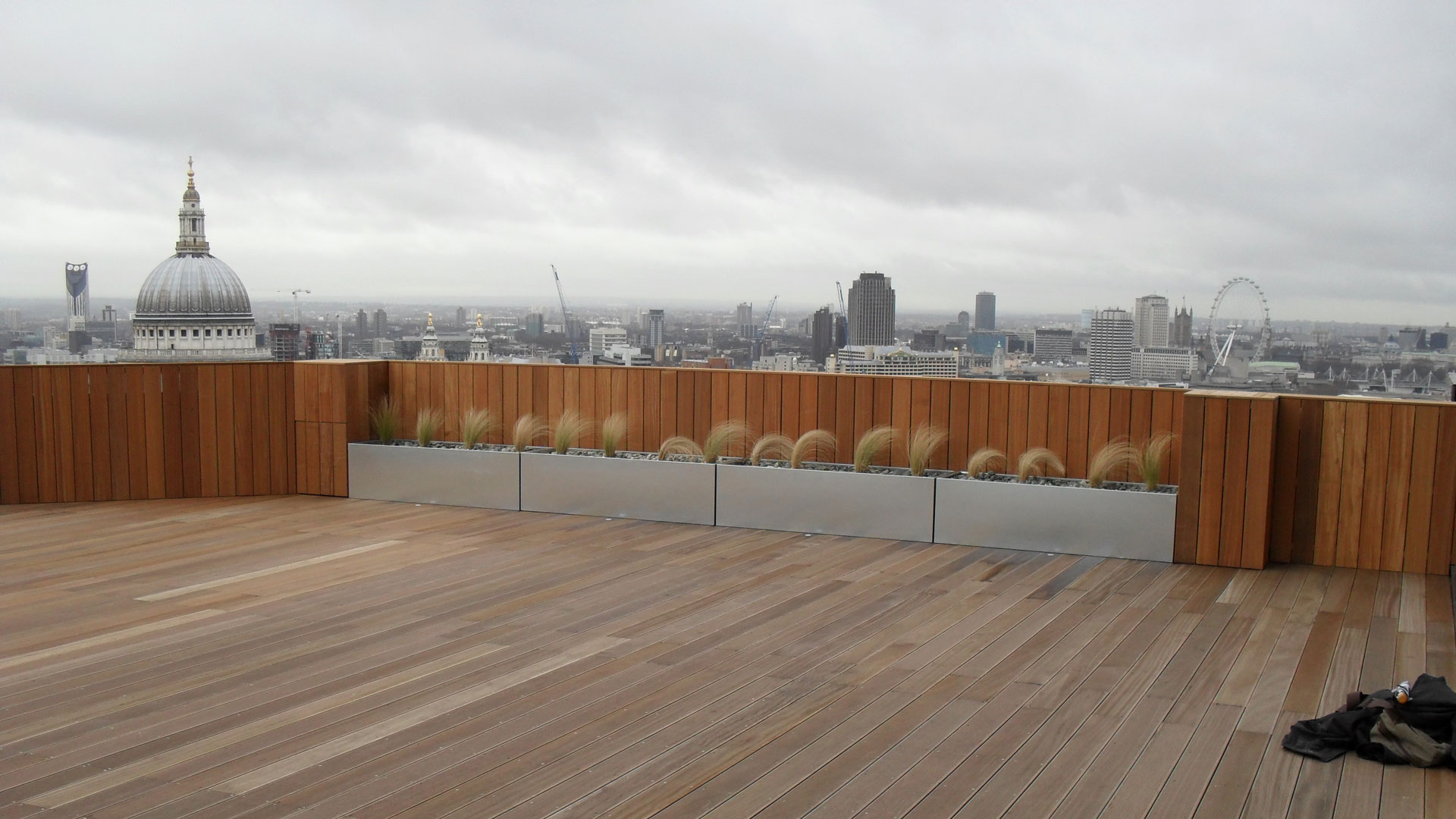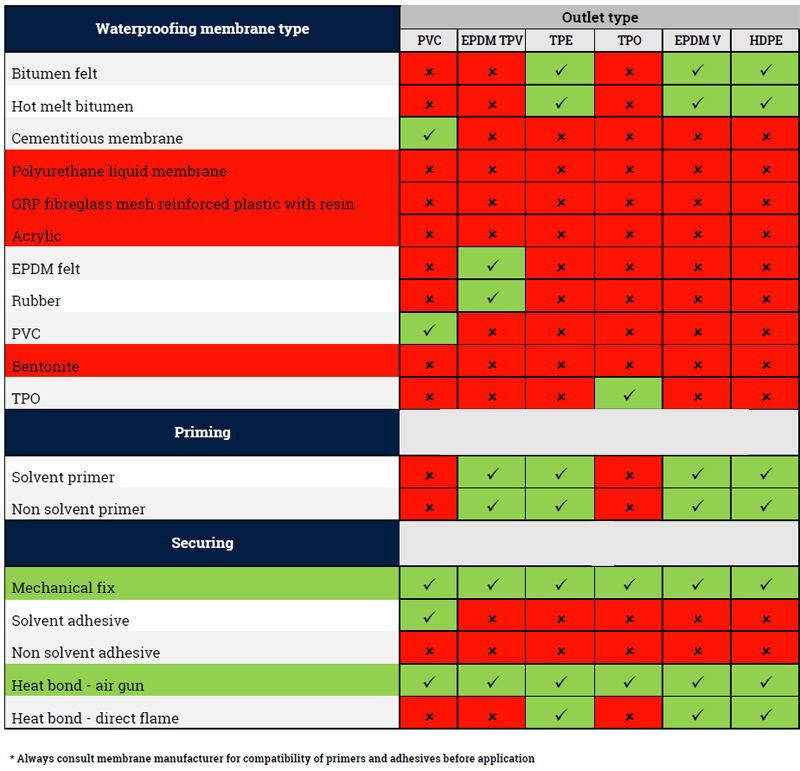In the modern urban landscape, the push towards more sustainable and environmentally friendly building practices is more crucial than ever. Enter the GRO Green Roof Code – a set of guidelines and best practices that are revolutionising how we view and utilise urban rooftops.
This blog explores the significance of the GRO Green Roof Code and why it’s a game changer in urban sustainability.
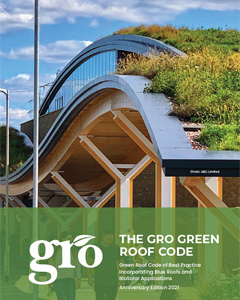
What is the GRO Green Roof Code?
The Green Roof Organisation (GRO) Green Roof Code is a comprehensive set of guidelines developed to standardise the design, installation, and maintenance of green roofs. Originating in the UK, these guidelines are informed by extensive research and best practices in the field of sustainable building. The code covers various aspects of green roof implementation, from the selection of plants and substrates to the structural considerations and biodiversity impacts.
Why is the GRO Green Roof Code Important?
1. Promoting Urban Biodiversity
One of the primary benefits of the GRO Green Roof Code is its emphasis on biodiversity. By encouraging the use of native plant species and creating habitats for wildlife, green roofs can become biodiversity hotspots in urban areas, supporting insects, birds, and other urban wildlife.
2. Combatting Urban Heat Islands
Urban areas often suffer from the ‘heat island effect,’ where the concentration of buildings and asphalt leads to higher temperatures. Green roofs help mitigate this effect by absorbing heat and releasing it slowly, thereby cooling the surrounding area.
3. Improving Air Quality
Plants on green roofs play a vital role in filtering pollutants and particulates from the air. This not only improves overall air quality but also contributes to a healthier living environment for urban residents.
4. Managing Stormwater
Green roofs are excellent at managing stormwater. They absorb and retain rainwater, reducing runoff and strain on urban sewage systems. This is particularly important in cities prone to flooding or with outdated drainage infrastructure.
5. Energy Efficiency
By providing natural insulation, green roofs contribute significantly to the energy efficiency of buildings. They keep buildings cooler in summer and warmer in winter, reducing the need for air conditioning and heating.
6. Enhancing Aesthetics and Well-Being
Beyond their environmental and practical benefits, green roofs also enhance the aesthetic appeal of urban landscapes. They provide green spaces that can improve mental well-being and offer residents a connection to nature in otherwise concrete-dominated environments.
7. Economic Benefits
Green roofs can extend the life of roofing materials by protecting them from UV radiation and temperature fluctuations. This longevity reduces maintenance costs and the need for early replacement, offering long-term economic benefits.
The GRO Green Roof Code: A Standard for the Future
The GRO Green Roof Code isn’t just a set of guidelines; it’s a vision for the future of urban development. By adopting these standards, cities, architects, and builders can create more sustainable, livable, and resilient urban environments. The code serves as a beacon, guiding the integration of green spaces into urban architecture, not as an afterthought but as a fundamental component of building design.
Conclusion
The GRO Green Roof Code marks a significant step forward in urban sustainability. As cities around the world grapple with environmental challenges, the principles outlined in the code offer a pathway to greener, healthier, and more sustainable urban ecosystems. The adoption of these guidelines is more than just a trend; it’s a necessary evolution in our approach to urban development, where the roofs over our heads become the grounds for environmental stewardship.


